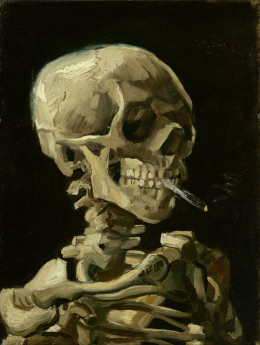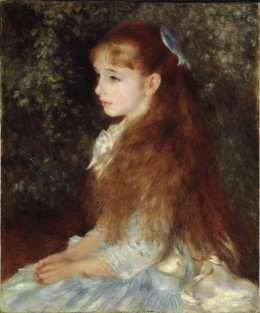The Artist's Mother and Sister
The Overture to TannhäuserOriginal title: La Mère et la Sœur
Date: 1868
Art Form: Painting
Dimensions: 190 X 134 cm. (74.8 X 52.76 in.)
When, finally Manet come to visit her, Berthe describes in that same letter that he took his brushes and began to apply black on his mother's dress, a favourite colour of him, continuing on the head and even touching the background. This whole process made Berthe Morisot very angry, and she wished that they would not have accepted the painting in the salon, calling the final work a "caricature". In this way, it is explained why her work as large presence of black, a color hardly used in impressionism, but that it was common in Manet's painting. On the other hand, it can also be seen how there are two differentiated spaces between Edna and Mme. Morisot. While the first is completely illuminated by the clarity of the window, the other appears more in darkness. In addition, there is a great contrast between the young woman's pale robe and her mother's black dress. Their different attitudes, passive and active, also illustrate the difference between the two women portrayed.




Good
The painting depicts Berthe Morisot's mother, Marie-Joséphine, and her favourite sister, Edma Pontillon. Since the beginning of their artistic career, the two sisters had learned their art together. However, in 1869 her sister got married and gave up painting at the insistence of her husband. In this painting, Edma was pregnant with her first child.
Unlike her friend Édouard Manet, who found it difficult to get his works accepted, Morisot w... Continue reading...